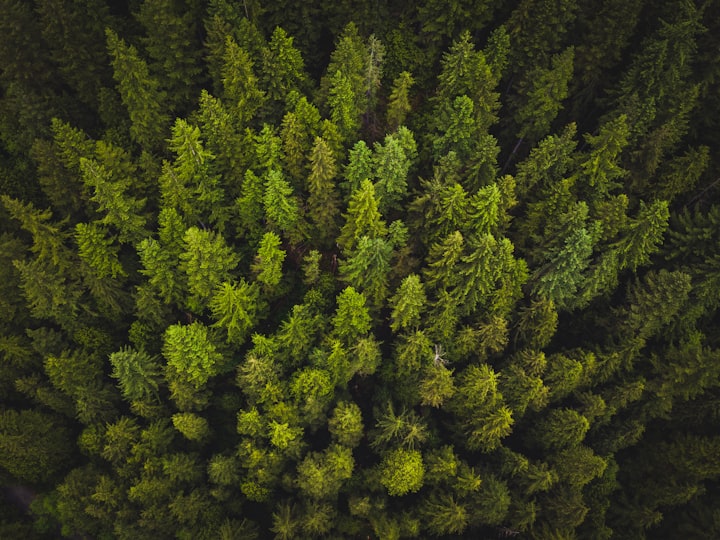THE INVISIBLE COST OF TRAUMA
AND WHY WE CHOOSE TO KEEP PAYING IT

My two trees are finally the same height after many years, but the one on the left has now been invaded by an invasive weed. The one on the right still looks healthy and perfect. I have been watching these trees grow since a major snow storm knocked one down a few years ago. Because they were planted at the same time an in the same soil, their histories were almost identical until that storm.
Until recently, if you didn’t know their stories, it would be easy to see two well-formed plants that cast shadows, clean air and house neighborhood critters. They were different heights, but generally perfect. I, on the other hand, saw missed opportunities when I look at them, and maybe because I am aging, I now see chronic illness.

Only after looking at what was lost among those trees could I begin to conceptualize how much good has been removed from the human experience due to trauma.
I bought my home in 2006 and can assure you that the two Pine trees were planted and transplanted at the same time; they were nurtured (or not) by me in the same amounts. Both trees grew at the same pace for about nine years. About ten years ago there was a huge snow storm that toppled the Pine tree on the left. I knew the snow storm was coming, but refused to prepare my trees to fight the storm. After the tree fell, I tied it back up hoping it wouldn't die. I spent a lot of time and energy trying to save it from the storm damage. Sure enough, the Pine tree was resilient and survived. In fact, if you were to look at it today you would not know that it once fell over at all and looks like a model Pine tree except for the now persistent weeds. Invasion that the tree that didn’t fall easily fends off.
People often see survivors of trauma after they have begun the healing process—just like my Pine tree—they look like nothing ever happened to them, and because of that, as a society we fail to see how much energy and resources it takes to heal from trauma; that the investment in healing is valuable and necessary, or the immense cost to the individual and to society of that trauma. We take the easiest path and pretend that trauma doesn’t create any harm beyond the initial hurt-we divest from healing systems, we don't bother investing in cultural changes that reduce trauma and blame victims of trauma for suffering the consequences of the trauma-I mean the tree on the right could fight off invasive weeds, what’s the excuse of the tree on the left, right?. We assume those who experience trauma will will just heal themselves and move on without disrupting our lives and inconveniencing us.
...but I look at those trees. I know that had I originally invested $20.00 in supports, the Pine tree would not have fallen, I know that I shouldn't have assumed that it would do just fine with the same amount of resources as the un-fallen tree and I know for a fact that had it not experienced that trauma it would have been over one foot taller than it was nine years ago and it would be able to fight off the invasive weeds, much like the untraumatized tree does. By not taking trauma seriously, I was deprived of about one or more extra foot of air cleaning power, on the aesthetic level, two matching trees and may end up having to bear the cost of replacing that tree if I can’t help it fight off the invasive weed.
Trauma takes away possibilities from us. A victim of trauma heals like most organic things, sometimes apparently perfectly and sometimes not, because of that we fail to see what we miss out on because of energy that had to be redirected towards healing. If I didn't have the tree to the right to compare it to, like everyone else, I would have assumed that the tree recovered just fine through sheer resilience. It is resilience that allowed the tree to heal, but it is the absence of trauma that would have allowed it to grow taller than it currently is and would help it fight off invasive weeds. The tree isn't "damaged," like most humans, it has limited resources and those resources were used to repair the damage caused by the storm rather than into growing taller and fighting off invasion. We need to look at people the same way, make sure that they have to expend as few resources as possible on healing and more growing, and the only way to do that is to create living environments that are less traumatic. I guess we never miss what was never there which is what makes us not understand the urgency of safe environments. Can you just imagine how much better our world would be if we were to eliminate trauma to begin with, if people were left to grow rather than use their limited resources to heal?
About the Creator
Shamaine Daniels
https://linktr.ee/shamainedaniels






Comments
There are no comments for this story
Be the first to respond and start the conversation.